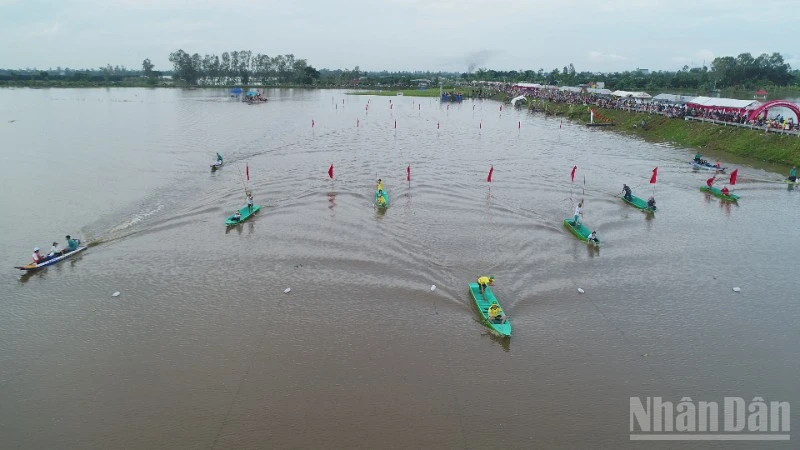The Hai Van Gate is the only national relic site managed by two central localities: Thua Thien-Hue province and Da Nang city.
In late 2021, the retoration work on the relic site started with a total cost of 42 billion (1.6 million USD) from the two localities' budget.
According to Pham Van Tuan, Deputy Director of the Hue Monument Conservation Centre, the Hai Van Gate will offer free admission to tourists in the initial stage until the two localities reach a decision on entry fees.
Located 490m above sea level, Hai Van Gate sits atop its namesake mountain pass and connects Da Nang’s Lien Chieu district with Thua Thien-Hue’s Lang Co township, Phu Loc district.
The Hai Van Pass runs some 21km on the Bach Ma Range, which juts into the East Sea in central Vietnam.
The relic complex was built in 1826 under the rule of the Nguyen Dynasty’s King Minh Mang (1791-1841), who ordered the construction of multiple defensive structures on Hai Van Pass to protect the then imperial capital of Vietnam in Hue. The structures included fortifications, store houses and cannon forts.
According to historical records, after building the complex, King Minh Mang inscribed its name in Vietnamese - “Hai Van Quan” - on the side of the gate facing the Hue Imperial Citadel, and the words “Thien ha de nhat hung quan” (the world’s most marvelous wonder) on the other side facing Da Nang.
The gate was recognised as a national relic site in April 2017.
It has grown to become a popular attraction among tourists as it offers stunning views of the surrounding water bodies and landscape.
















